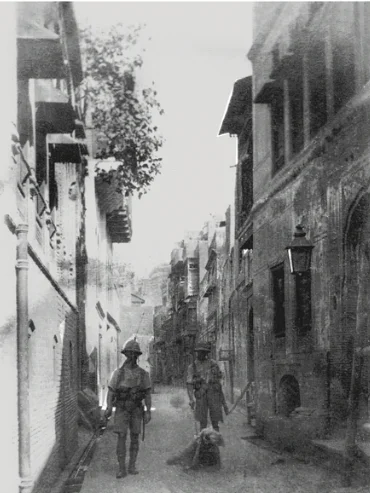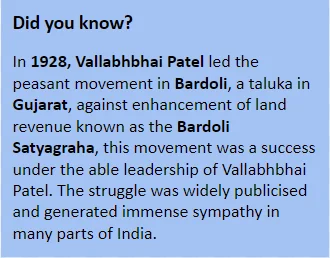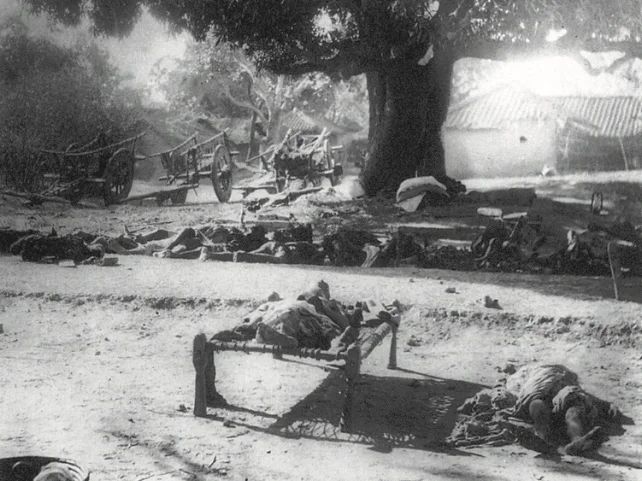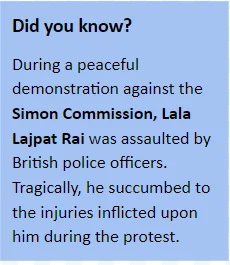![]() 22 Jul 2024
22 Jul 2024
In India, just like in other colonies, progression of modern nationalism is evident. Nationalism is closely tied to the movement against colonialism. Individuals started to realize their solidarity while facing challenges. involving the practice of colonialism. The feeling of being subjugated during colonial rule established a common connection that bound several diverse groups. However, every class and group experienced the impacts of colonialism in varying ways, and their beliefs about freedom differed and were not consistently identical. Mahatma Gandhi led Congress in attempting to unite these groups under one movement.
Economic Burden: War led to a huge increase in defense expenditure which was financed by war loans and increasing taxes: customs duties were raised and income tax was introduced.

Gandhi’s Return to India: In 1915, Mahatma Gandhi, After spending significant time in South Africa, fighting against racist regime with a novel method of mass agitation returned to India.

Purpose of Act: It gave the government enormous powers to repress political activities, and allowed detention of political prisoners without trial for two years.

British Rule and Indian Collaboration: As per Mahatma Gandhi’s perspective, British rule in India was established with cooperation of various Indian leaders and communities, leading to complex socio-political dynamics during that era.
In January 1921, Non-Cooperation-Khilafat Movement commenced, bringing together an array of social groups, each propelled by its distinct aspirations. While the common thread was a call for Swaraj, every group interpreted and pursued this goal in unique ways, contributing to the movement’s richness in terms of ideologies and actions.
Diverse Responses to Non-Cooperation: Movement was instigated by urban middle-class.
Peasants and Tribals Participation: Non-Cooperation Movement extended its influence to rural areas, addressing concerns of peasants and tribals across India.


Freedom and Mobility: In the context of Assam, freedom for plantation workers signified liberty to move without restrictions and maintain their vital link with their home villages.

| Must Read | |
| Current Affairs | Editorial Analysis |
| Upsc Notes | Upsc Blogs |
| NCERT Notes | Free Main Answer Writing |
Gandhi’s arrival transformed the Indian National Movement. His philosophy of Satyagraha and experiments like Non-Cooperation Movement and Civil Disobedience galvanized the masses, shifting struggle from elite-led politics to a popular uprising. By emphasizing Swaraj as self-rule and economic independence, Gandhi not only challenged British authority but also inspired a vision of a free and equitable India, fundamentally altering the trajectory of the freedom movement.
| Related Articles | |
| Non-Cooperation Movement & Khilafat Movement | Economy |
| NON COOPERATION MOVEMENT 1920 | Three Different Stages of Colonialism |
<div class="new-fform">
</div>